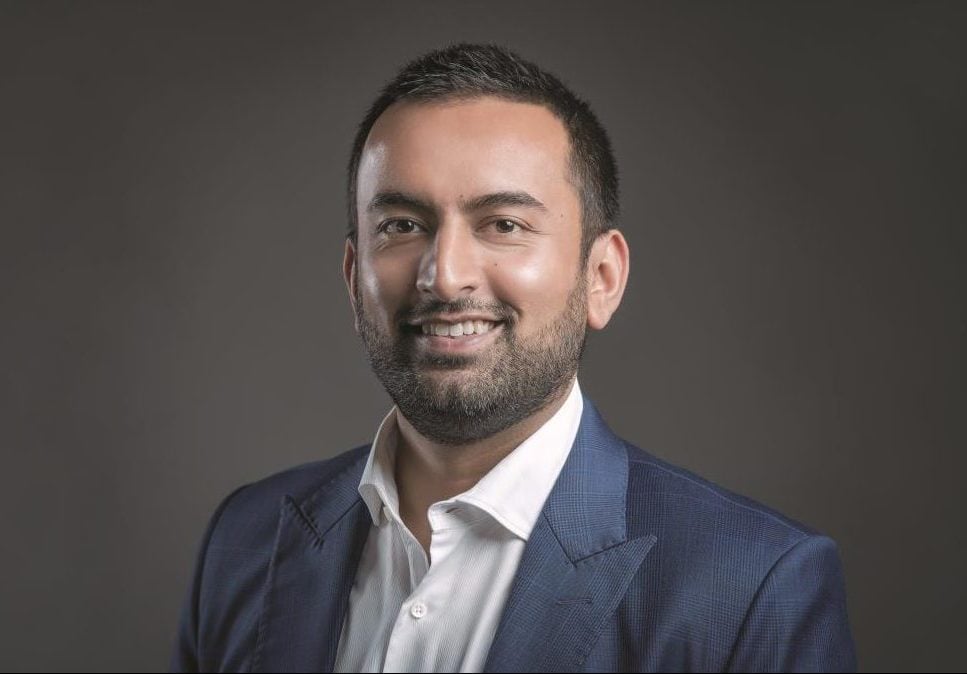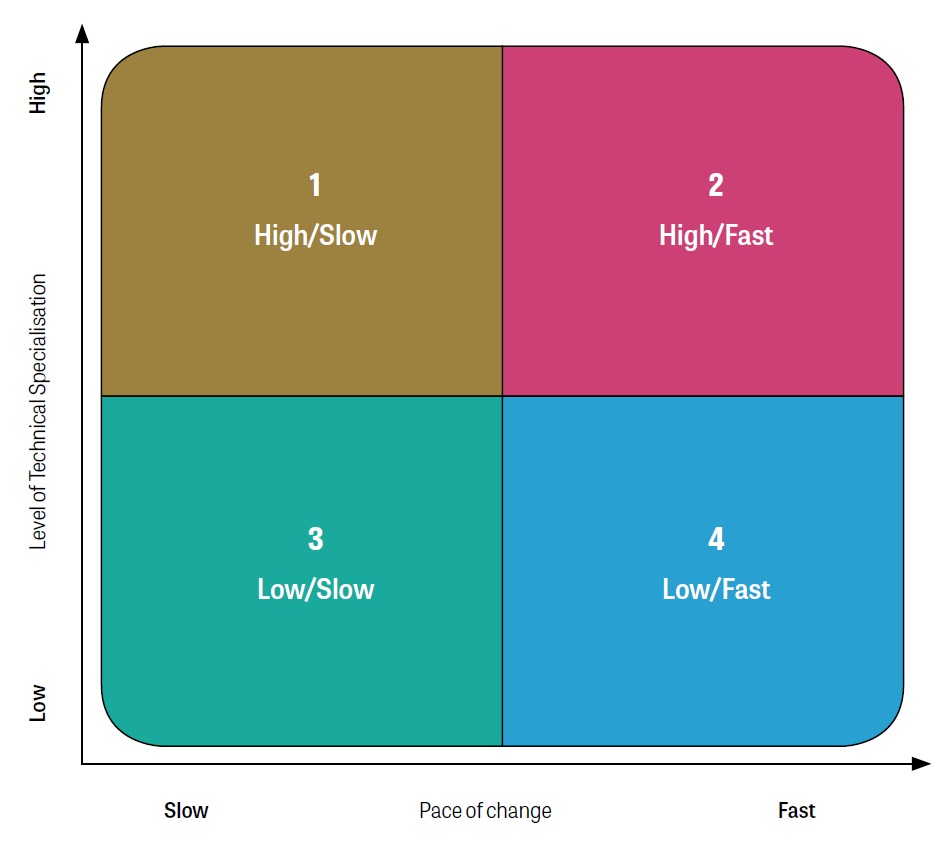 For far too long, we have believed in a single formula for success: Early specialisation + narrow focus + relentless practice = perfection. What if you discover that you have been misinformed all this time, and the key to success is really the opposite?
For far too long, we have believed in a single formula for success: Early specialisation + narrow focus + relentless practice = perfection. What if you discover that you have been misinformed all this time, and the key to success is really the opposite?
What if the key to future business success is having a diversity of experiences instead of specialising in one?
Generalists seem to have picked-up a bad reputation in the past, with quotes like “jack of all, master of none” used to demean someone with a relatively shallow knowledge of a subject. The result is a popular notion that to excel at a task you need to start early and spend more time on it – anyone who started late has already lost.
The most important reason why being a generalist helps one become successful is that it is anchored in the ability to ‘learn to learn’. If there is one thing a generalist is a specialist in, it is how to pick-up a new skill. In the process, they apply learnings from one skill to another, shattering the status quo. They are not bound by the same rules as a specialist, who has learned to do something specific in a particular way – and that is the only thing and way they know.
Let us put some context around the kind of generalisation we are talking about. No one is saying that a cardiologist can be a media planner just because they read the latest industry journal. However, a media planner could be trained to be a creative director, and bring a new dimension to how this field approaches problem solving. The argument is that someone with a broader knowledge of a field is more likely to challenge the status quo based on their ability to cross-apply knowledge.
The bottom line: if you work in a field that evolves slowly and plays by certain pre-defined rules, you can be a specialist and be very successful. However, if your field has some level of uncertainty or is being transformed then the skill of being able to learn to learn benefits you and your industry more than a specialist. Let’s be honest, most industries are in some sort of transformation and the need to cross-apply learnings to come up with new solutions on the fly benefits more from a generalist.
 Let me illustrate better with this simplified framework (pictured, left).
Let me illustrate better with this simplified framework (pictured, left).
Quadrant 1: High/Slow – mature, slow-evolving fields that are highly technical in nature.
Typical characteristics: most of the information is already available, so any progress requires people with deep expertise and is made in babysteps; small gains reap big rewards.
Examples: oil & gas, construction, pharmaceuticals.
Quadrant 2: High/Fast – industries that are technically advanced, cuttingedge and changing at a fast-pace.
Typical characteristics: No predefined rules; lack of information; change is fast and transformative.
Examples: software development, stemcell research, consumer electronics.
Quadrant 3: Low/Slow – longstanding industries not heavily affected by technology.
Typical characteristics: low level of technical expertise; mature technology.
Examples: consumer packaged goods, wine making, baking.
Quadrant 4: Low/Fast – longstanding industries being disrupted by technological change.
Typical characteristics: a mature business model being disrupted or challenged constantly.
Examples: traditional retail, automotive manufacturing, advertising/media.
Why should the advertising world care about this?
The framework applies to the various skill sets that exist within the advertising industry. For the sake of illustration, we can map out typical creative and media agency roles that fill-out each of these quadrants.
1: Creative performance measurement; ad operations;
2: Creative for new formats such as AR and VR; advanced analytics, business intelligence and other marketing technology;
3: Creative development for traditional formats; media operations;
4: client servicing; media planning and buying.
If you are a communications professional, you should pro-actively identify which quadrant you currently reside in and start making strides towards the others. This will help you move closer to the centre – the sweet spot that will allow you to have the most balanced and client-centric perspective and help future-proof your career. This will allow you to: understand all the areas of the business; empathise holistically with a challenge; and apply approaches from other functions to solve a problem.
If you are a part of the talent management team or are senior agency management, you could facilitate this evolution for your future leaders by putting in place a rotation programme that allows them to spend time being inducted into an area that they currently do not work in, and subsequently manage and deliver an end-to-end project.
One example would be a data sciences professional spending time in media planning, and then managing the delivery of a campaign strategy, media plan and post-campaign reporting end-to-end. Be mindful that such an approach will not be effective across all levels in an organisation – the ability to filter relevant concepts and cross-apply them for problem solving comes with a few years of experience.
With all evolution (and to an extent the uncertainty) of the media industry today, what has become abundantly clear is that standard roles are no longer sufficient. Clients want more for less, and are in-housing as much of the work as they can. You want to be future-proof? Acknowledge that the age of the generalist is here.









